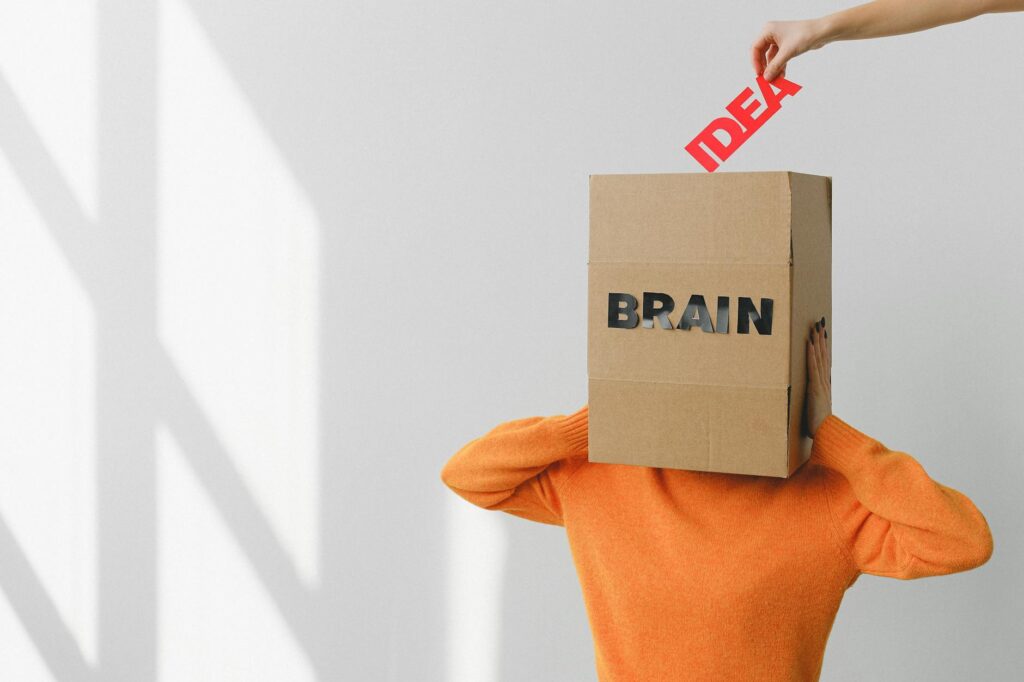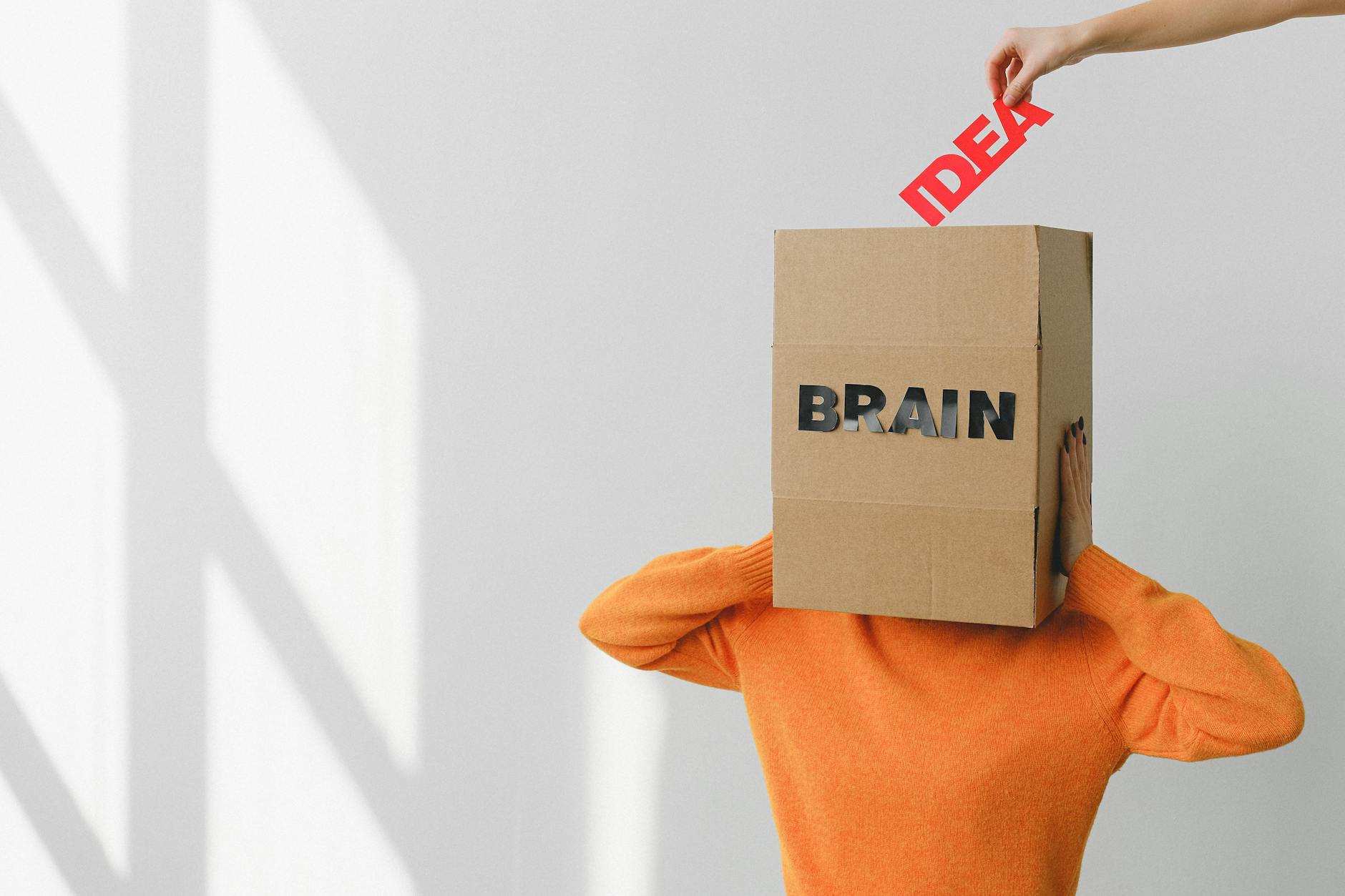What is visual cognition?

What is visual cognition?
Visual cognition is a fascinating field that bridges the gap between what we see and how we interpret those visuals in our minds. It’s not just about seeing; it’s about understanding, processing, and leveraging visual information in everyday life. This concept is significant in various realms, from education to productivity, helping individuals learn better and manage their time efficiently. By recognizing the mechanisms behind visual cognition, you can foster personal development and enhance your work-life balance.
Defining Visual Cognition
Visual cognition encompasses the processes through which we perceive, interpret, and make sense of visual stimuli in our environment. It’s a complex interaction of perception, memory, and cognitive functions that allows us to understand the world around us. Visual cognition involves several cognitive processes, including attention, memory, and pattern recognition, all working together to create our visual experiences.
The Role of Perception in Visual Cognition
Perception is the foundation of visual cognition. It involves interpreting visual stimuli, such as shapes, colors, and movements. When you see an object, your brain doesn’t just capture an image; it analyzes the details, categorizes what you see, and connects it to your prior knowledge and experiences. For instance, when you see a tree, your mind quickly identifies it based on its features, such as its shape and color, and relates it to your experiences with trees in the past.
Cognitive Processes Involved in Visual Cognition
Several cognitive processes are key to visual cognition:
- Attention: Focuses your awareness on specific visual elements while ignoring others. Imagine watching a movie and being drawn to the main character while ignoring the background noise.
- Memory: Helps you recall visual information. When you remember a friend’s face, it’s your memory that retrieves that visual information.
- Pattern Recognition: Enables you to identify familiar patterns, such as recognizing a stop sign from its shape and color.
These processes work in harmony, allowing you to interact smoothly with your environment and make quick decisions based on visual cues.

Photo by SHVETS production
The Importance of Visual Cognition
Understanding visual cognition is essential in various aspects of life. It influences how we learn, how we design our environments, and how we interact with technology.
Visual Cognition in Learning and Memory
In education, visual cognition plays a crucial role in learning and memory retention. Recognizing how we process visual information can enhance study habits. For instance, using diagrams or charts can help you grasp complex concepts quickly. Research shows that integrating visual aids into learning can improve retention rates, making it easier to recall information during tests.
Applications in Workplace Productivity
Visual cognition principles can also boost productivity in the workplace. By designing workspaces that reduce visual clutter and enhance focus, employees can perform better. Simple changes, like using color coding for tasks or visual reminders, can improve task management and work-life balance. Utilizing visual tools can streamline workflows, ensuring that important information grabs your attention when needed.
Challenges in Visual Cognition
Despite its benefits, individuals often face challenges in visual cognition, such as visual overload and cognitive biases.
Overcoming Visual Overload
In today’s fast-paced world, we’re bombarded with visual information. This can lead to visual overload, making it challenging to focus on what’s essential. To manage this, consider these strategies:
- Simplify Your Visual Environment: Reduce clutter on your desk and digital spaces. A clean workspace enhances focus.
- Prioritize Information: Use prioritization techniques to highlight key tasks, making it easier to see what matters most.
Addressing Cognitive Biases
Cognitive biases can distort our visual cognition and decision-making. For example, confirmation bias may lead you to favor information that aligns with your beliefs while ignoring contradictory evidence. To mitigate this, practice mindfulness and critical thinking. Question your assumptions and seek diverse perspectives to widen your understanding.
Improving Visual Cognition Skills
Enhancing your visual cognition capabilities can greatly impact your learning and productivity. Here are some practical tips.
Techniques for Enhancing Visual Learning
To boost your visual learning, consider these techniques:
- Mind Mapping: Create visual diagrams to represent concepts and their connections.
- Visualization Exercises: Practice visualizing information to strengthen memory recall.
- Engagement with Visual Media: Use videos, infographics, and interactive tools to reinforce learning.
The Role of Technology in Visual Cognition
Technology can significantly aid in enhancing visual cognition skills. Various apps and software are designed to improve visualization and organization. Tools like Trello for task management or Canva for creating visual content can streamline your workflow and enhance how you process visual information.
Conclusion
Visual cognition is a powerful tool that can transform how you perceive, learn, and work. By understanding the processes involved and recognizing the importance of visual cognition in everyday life, you can enhance your learning, boost productivity, and improve your overall effectiveness. Embrace these concepts and techniques to enrich your personal development journey and achieve a better work-life balance.